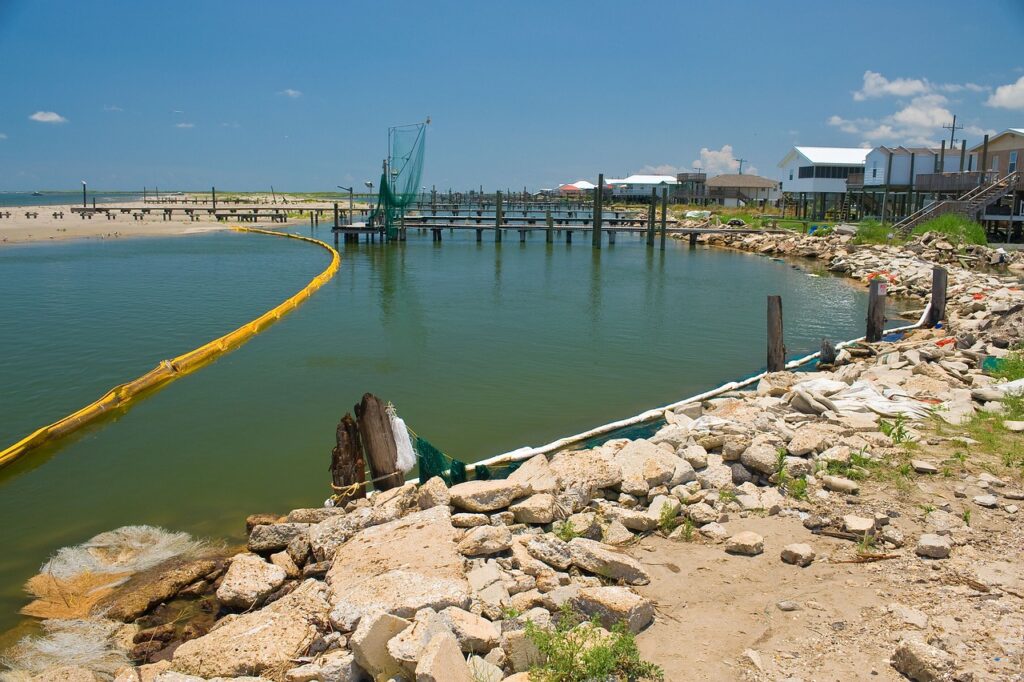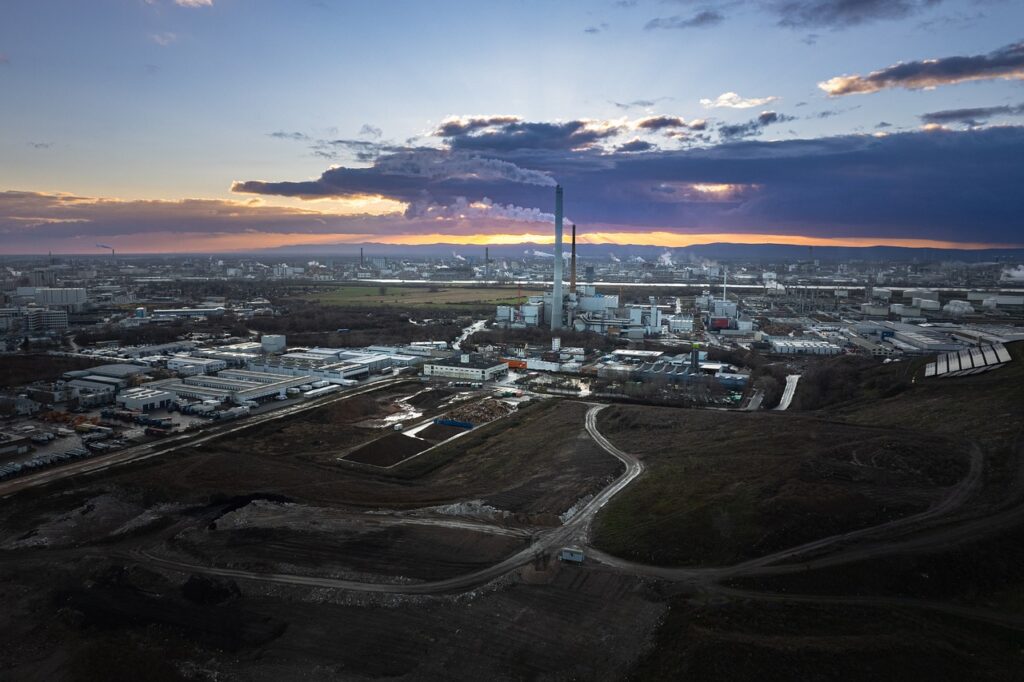End Plastics
Below the Waterline: Unlocking Innovation in Plastic Cleanup
July 21, 2023
Unlocking Innovation in Plastic Cleanup
Plastic pollution forces an insurmountable toll on our environment. With 269,000 tons of plastics floating on the ocean’s surface and 24.4 trillion microplastics below the waterline, innovative solutions are necessary. The scientific and technological realms have jointly unlocked plastic cleanup innovations as powerful tools to reinvigorate Earth and mitigate the presence of plastics in our global waters.
Although a daunting task, the mobilization of emerging technologies is the key catalyst for restoring ecosystems. Dive into the world of infinite possibilities at the forefront of innovation and sustainability below:
Booms and Barriers

Booms and barriers facilitate the accumulation of pollutants from ecosystems by collecting surface-level plastic waste. Utilizing the forces of currents and tides, these devices optimize the retrieval process of contaminants and pollutants. Although booms and barriers are first lines of defense against pollutants, they are not the most effective.
Researchers hypothesize deploying 200 boom devices from 2020 till 2150 would only retrieve 5% of total global floating plastics. Successful rates of retrieval depend on the placement of these devices in an ecosystem, with rivers showcasing higher efficiency than oceans due to density of water.
Beach Cleaning Machines

With a recycling rate of plastic waste at a mere 9% in the United States, a sustainable opportunity arises through the chemical recycling of plastics. Catalytic Hydrothermal Reactors (CHRs) use high temperatures and pressure to break down plastics into a liquid or gas phase. In this phase, they serve as alternative biofuels, instead of being sent to landfills.
This technology efficiently separates polymers and color additives from plastics, reducing the need for virgin plastic production. The byproducts of the CHR process could be repurposed as construction sourcing material, promoting a circular economy. Although still in the development phase, CHRs have the potential to revolutionize our plastic footprint.
Deploying Technologies into the Field
The United States and the United Nations have begun initiatives to address plastic pollution through technological innovation. The Infrastructure and Jobs Act of 2021 provided $375 million in grants for recycling and reusing plastic programs. The United Nations Development Programme (UNDP) has developed sustainable goals — focusing on marine conservation and land source runoff — tackling underwater pollution by 2040.
As new technologies emerge to reduce plastics, it is vital to prevent plastics from entering waterways in the first place. EARTHDAY.ORG’s End Plastic Pollution campaign empowers individuals to make informed decisions to seek sustainable alternatives to plastics. Support the work toward a plastic-free world by signing the petition for a Global Plastics Treaty.
Unlocking Innovation in Plastic Cleanup